What to call decoupage? The issue raises heated debates: some believe that this is an applique with paper cut-out elements, others protect the right to use fragments of tissues and other materials.
In general, decoupage is an application covered with varnish. Therefore, we will not begin to reject anything, on the contrary, we will be inspired by the best examples in all techniques.
Entangled stories
The original art of decorating was formed almost a millennium ago, but if at first the efforts of the masters were aimed at giving the product a ceremonial appearance, in modern reading the most effective examples of decoupage mimic the old days. Art and history in general are very ironic, and their study helps to understand things much more serious than the techniques of needlework.
If very, very briefly, it is believed that the first samples refer to the XII century. Decoration of furniture and small accessories decoupage engaged in China, where they learned how to make rice paper and paint it in different colors. Paper ornaments and mythological themes drawn by artists were transferred to the surface of tea tables, lockers, caskets, trinkets and fixed with a thick layer of lacquer. And in the production of lacquer, the Chinese were not equal.
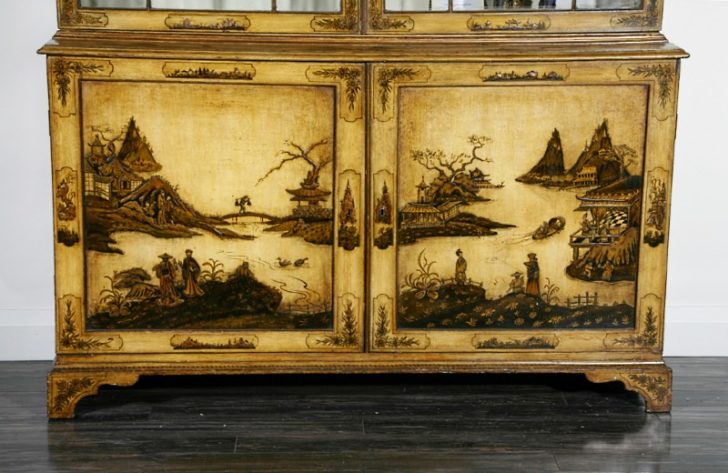
It is believed that the first samples of decoupage appeared in China
Despite the Great Wall, which separates the Celestial Empire from the unceremonious northern nomads, the connection between China and the Mongols persisted, and they also used a new method of decoration. The Mongols and the people living nearby used decoupage to decorate their churches. Somewhere at the same time, the Japanese took over the technique of decoupage from China – as well as much more, including the tea ceremony and hieroglyphics.
Next we will talk about what is already closer to modern aesthetics. The English, who imported tea, silk, porcelain and furniture from China, watched the technique of transferring the pattern from paper to any surface by cutting, gluing and fixing with varnish. By the way, in English it was called Japanning – varnishing.
In the era of the reign of Queen Victoria, it was believed that the decor does not happen much – in the course everything went: stucco molding, painting, gilding. Favorite motives were flowers, plants, pastoral and secular subjects. Decorate everything around in the technique of decoupage, using thin painted sheets of paper, it was much easier and cheaper than painting objects of use with colors.
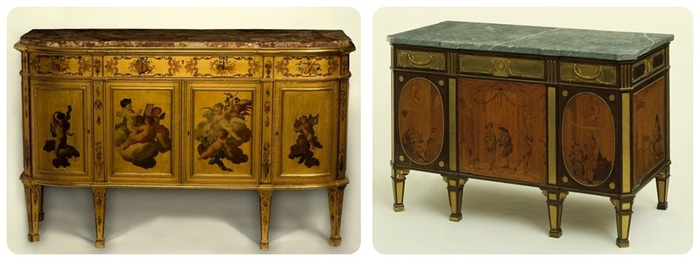
English furniture in decoupage technique
By the way, the first book with decoupage cards was published in 1760 in London. There were 1500 pictures for the carving! It was called the most popular decoupage guide for beginners: “The entertainment of ladies or the art of lacquering has become easier.” Decoupage in England was unusually popular, they even decorated the walls.
The whole of Europe was carried away by the artistic excision and creation of elegant compositions – Germany, France, Italy have rich traditions of decoupage. Actually the term “decoupage” went from France (in French – artistic carving “). In Venice, the art of lacca contraffatta (fake lacquer) was born, and later in Italy it grew into the arte povera (art of the poor) style, and now the old things made in this “fake” technique are worthless money.
By the way, the vintage, defiantly-feminine style of the shebbi-chic comes from the Victorian era. Only in contrast to the original things, in modern crafts seek to artificially “age” the decor. This is a nice game, an imitation of the old without a pretension to deception, available even for beginners to try themselves in the technique of decoupage, see the photo:
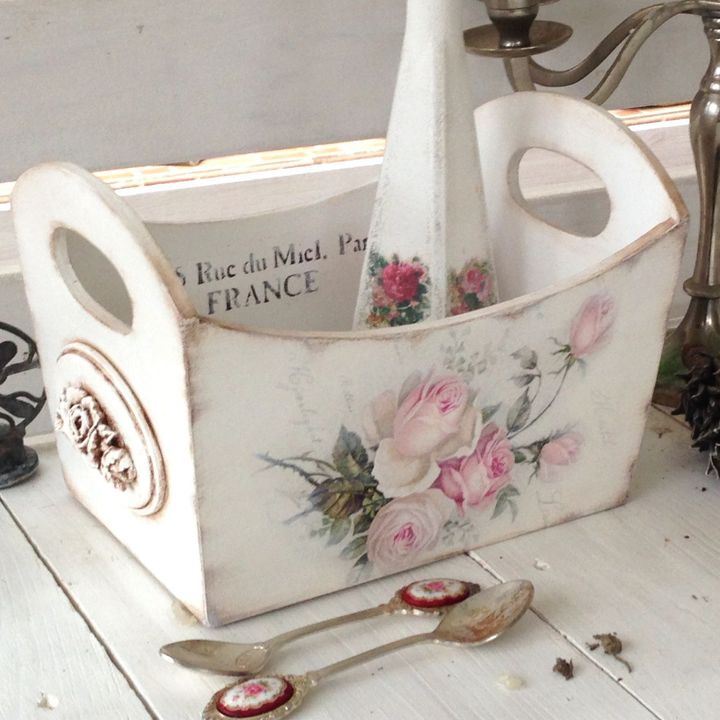
Decoupage in the style of shebbi-chic is available even for beginners
Actually, we have come to our time. Yes, fashionable now decoupage directly continues the Victorian tradition, but goes further – but can something limit the imagination of the artist? Let’s see where she brought the modern craftsmen.
Fashionable style dictates fashionable decor
From the title it is difficult to understand who dictates, does not it? Of course, style is primary. And here it turns out that in some of the most relevant areas of design decoupage technology allows you to do what other means can not be achieved or extremely expensive. To be sure, you need to see this in the photo of decoupage.
Decoupage in Japanese style
Do you seriously think that a low lacquered cabinet with inlays and paintings that decorated your living room in Japanese style is painted by hand? Most likely the manufacturer used the technique of decoupage. You can pick up the baton and in the same way decorate the tray and chopsticks – but be careful, this art craft captures, and it can be difficult to stop. (here smiley)
In the graphic themes of decoupage in the Japanese style there are stylized images of flowering and bare branches of sakura, chrysanthemums, birds, fans, as well as landscapes and plot pictures in the spirit of traditional Japanese painting. A characteristic feature of Japanese decoupage is the active use of a black background and a fairly thick layer of lacquer.
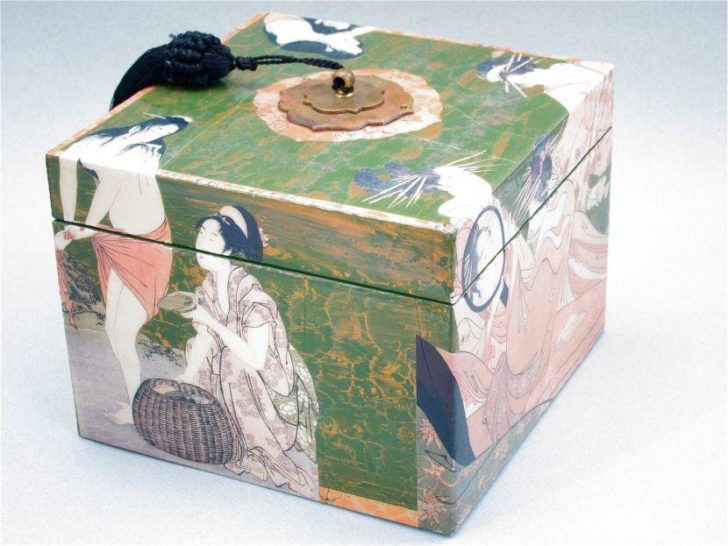
Decoupage caskets in the Japanese style
For beginners to master the art of decoupage will be particularly interesting lacquer miniatures, applied to small items of everyday life. Beginners can not do without decoupage cards, which suggest design ideas. In the process of execution, one develops one’s own style and taste.
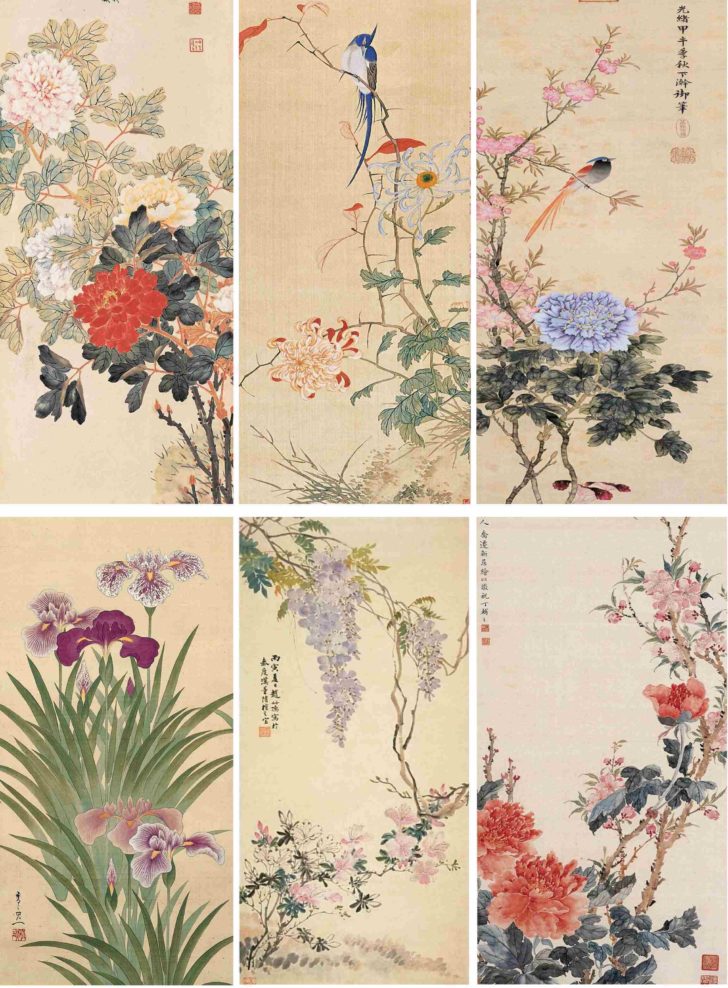
Decoupage cards will prompt the design ideas
Shebbi-chic: roses and angels
Shabby chic (Shabby chic) - this is Victorian in its pure form. Well, almost … With lace, stucco molding, statuettes, intricate porcelain and paintings, paintings, murals! Luxurious bleached-pink bouquets, angels, flower garlands on furniture, walls, small things. If not decoupage, then expensive in all respects, the style would be inaccessible to most fans.
Curiously, this style has an exact date of birth – 1980. Throughout the 80s, her author (yes, this is the author’s style), Rachel Ashwell began to decorate furniture and household items for sale, giving them the appearance of old-fashioned and special aristocratic sophistication. She used painting, but her followers began to decorate caskets, mirrors, panels and furniture in decoupage techniques and voluminous decoupage.
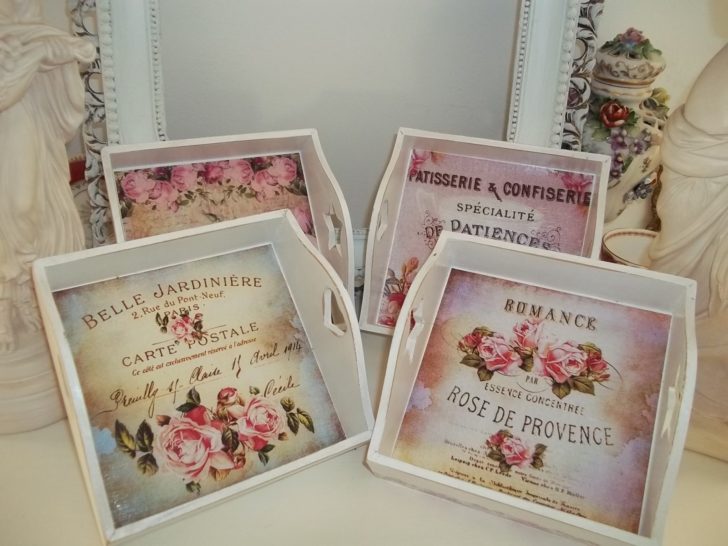
Decoupage in the style of shebbi-chic
An indispensable attribute of style is the imitation of aging. Achieve this effect in different ways. The background is patinated, overlapping several layers of paint and grinding each layer until the formation of “scuffs”. As a result, it seems that the paint has frayed from time and exposed the old layers, creating a very picturesque backdrop for a gentle romantic collage.
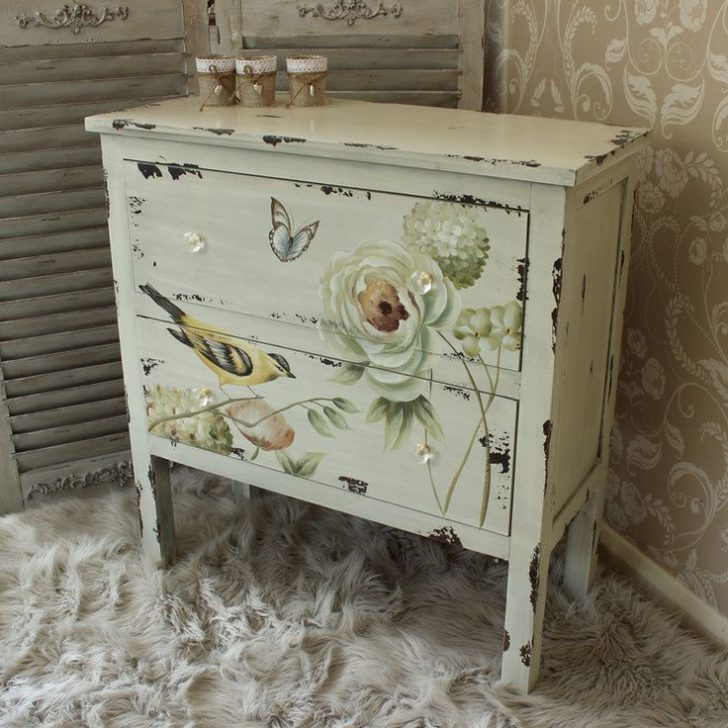
A distinctive feature of the style is the imitation of aging
In other cases, use the popular technique of craquelure – the creation of cracks, as in the old picture. If only the background is usually patinated, the craquelure can capture the area of the picture, which is illustrated by the example of decoupage in the photo.
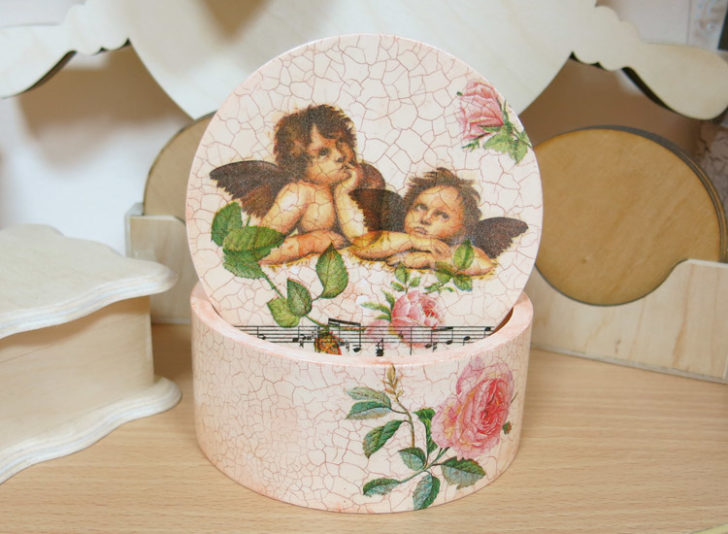
Craquelure technique for decoupage
To impart a special chic in decoupage use gilding, more precisely its imitation in the technique of potal. The use of cloisonne is also used – the outlines of the outlines of the motifs and edges of the product are shiny metallic strips of gold, silver or copper foil. This enhances the feeling of romanticism and luxury.
In the decoupage style cheby-chic often draws to achieve the perfect impression. The contours of the picture and the products are emphasized with shadows, this gives the image a three-dimensionality and additionally “ages” the miniature, strengthening the nostalgic notes.
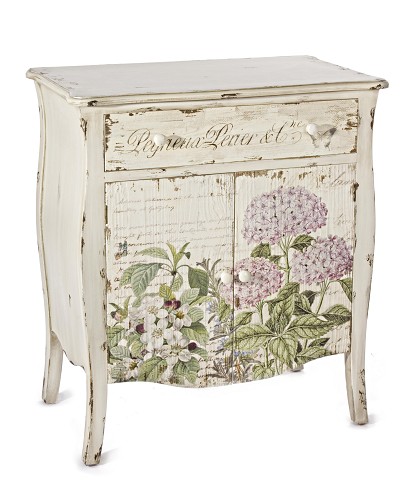
Decoupage Chest Chef
Decoupage in the style of Shebi-chic:
– air flower motifs;
– Cupids, angels, ribbons, garlands of roses;
– Blurred background of the picture with barely visible peas, mesh, strip, scatter of small flowers;
– Transparent-gentle shades of pastel colors – pink, blue, vanilla;
– giving the effect of wear and antiquity.

The delicate color scale of the cheby-chic style
Provence and decoupage for beginners
It’s some kind of misunderstanding that the themes of the Provence-style design emphasize its geographical origin in every way: olives, lavender, cereals, fruits and rural motifs are traditionally featured in the paintings. In fact, provinces are popular with cockerels and cloth in a cage or with a floral print, but … Designers do not seek the reconstruction of authentic Provencal style, they play with images and myths in the way they want – and that’s right, because thousands and thousands of their customers said: yes, here it is, my dream!
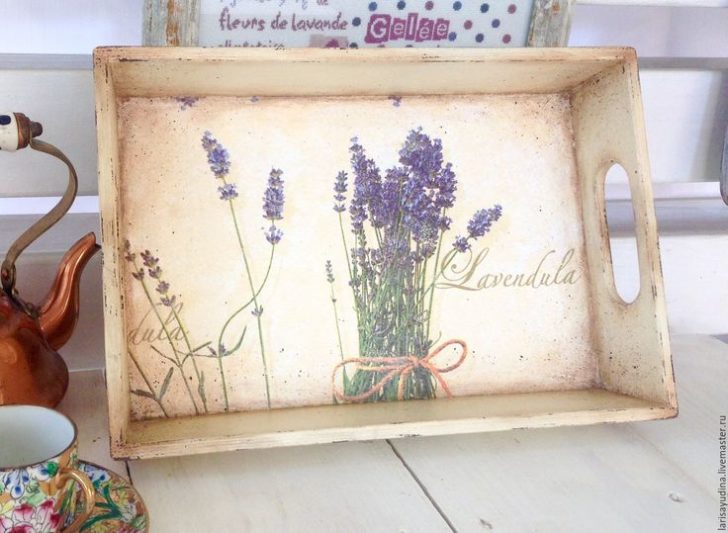
Decoupage tray in the style of Provence
The most pleasant thing for beginners is that Provenish motives are extremely popular, which means it’s easy to buy decoupage cards or napkins and do yourself useful creativity, even if this is the first experience in doing something with your own hands.
There is one more thing, which has to experiment: in the style of Provence, man-made is welcomed. He easily forgives (and even welcomes) minor flaws, irregularities, cracks, and hence the “first pancake” will not exactly be a lump. Apparently this gave rise to a wave of interest in decoupage among beginners, many of whom became real masters and make delicious little things in the spirit of Provence.
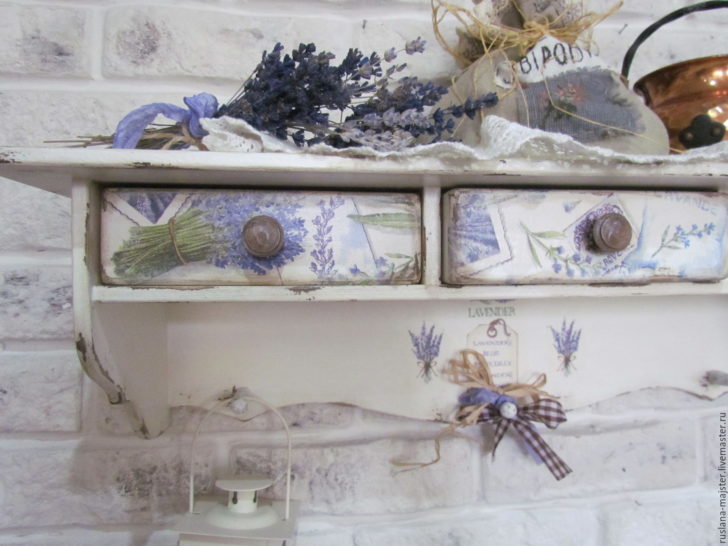
Furniture, decorated in the technique of decoupage, will find its place in the modern interior
In master classes for beginners with step-by-step photos, you can often find Proven motives. What are they interesting?
In addition to undemanding to the level of performance, Provencal decoupage pleases with diversity and applied value. It is enough to look at the photos of the beginning masters of decoupage to assess how relevant they will be in the modern interior.
Recently, decoupage in Provence began to be used for applying to ceramic tiles. Usually they decorate the ceramic apron over the cooking zone, creating an absolutely original design of this kind of French cuisine – in the sense that we imagine it.
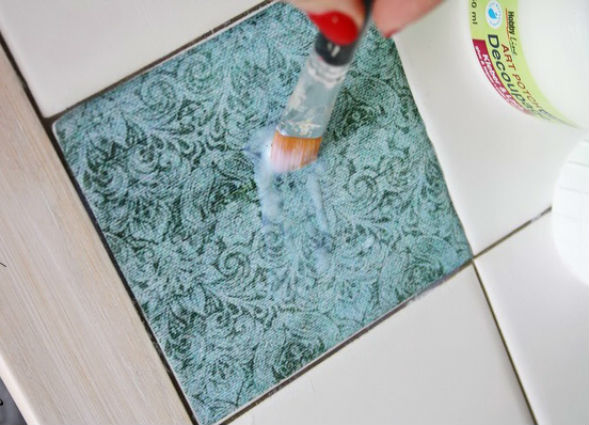
Decoupage of ceramic tiles
Palette of the Provence:
– Transparent-whitened colors;
– white, turning into beige, shades of ivory and dairy;
– ocher, terracotta, mustard, olive, orange, lavender, turquoise;
– a piercing combination of sky-blue and cold yellow.

Color palette for decor in the style of Provence
Simple City: a nostalgic decoupage with old photos
Accessories in the urban style of the sim-city perfectly complement the design of loft-apartments or the classic English interior. The simplicity of the big city, as the name implies, inspired designers to create a special aesthetics with signs of old American streets and the times of the Great Depression. However, the primacy of Americans in opening the visually expressive printed word could be challenged by the British – there was such a direction in the Kingdom at the dawn of the hobby of decoupage. Even Lord Byron, they say, made his own wall of his office with a picturesque collage of newspaper clippings.
The main expressive element of the decoupage of the simple city are fragments and tattered pieces of newspaper. Vintage things are often used as a basis – old suitcases, chests, chests of drawers, carpet bags, boxes, boxes.

Original chest of drawers decorated with newspapers in the style of Simpl City
Yellowed newsprint with gothic fonts, columns of advertisements, retro photos – all this is unlikely to be found on the mezzanines of a Russian apartment, but sheets of themed decoupage cards will come to the rescue.
If the artist succeeds as a basis to use a truly ancient thing (and the classic of the genre is a cardboard or dermantin’s suitcase with metal corners and rivets), then in the hands of the master they become a true masterpiece, an exclusive accessory for a room decorated in exotic style of sea voyages or loft, underground. Splendid samples of decoupage with photos and scraps of newspaper articles inspire experiments in the style of the simple city.

Decoupage simple city will transform the old suitcase into a unique interior item
In fact, as a basis, they often use what usually goes to scrap – some boxes of vegetables, bottles, cans, old buckets and shelves. If you do not see an example of such a decoupage in the photo, it’s hard to believe how picturesque things are designed to be ejected.
Of course, it is not uncommon for a decoupage to specially make a chest of drawers or a box, but the techniques of artificial aging with the help of stains, patination, etc. help to give them a shabby appearance and what is called a “sense of time”.
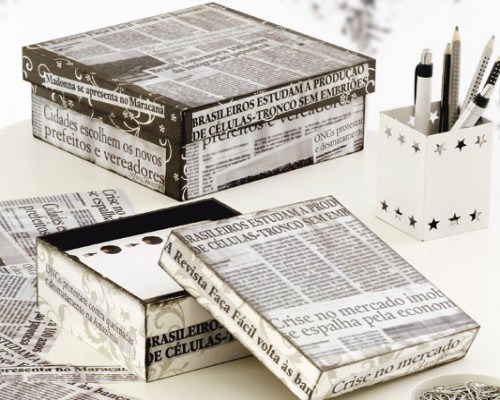
Decoupage simple city with the effect of aging
Very atmospheric can be a collage made on plywood or on a piece of cardboard, inserted in a frame. By the way, this decoupage is simple for beginners – for step-by-step photos anyone will understand the sequence of execution, and special care is not required here.
It can be said that the simple city acts as a brutal antagonist of the sentimental lady’s shebbi-chic. His “highlights”:
– Decappathic technique – ragged edges instead of careful carving;
– the color palette of old newspapers and magazines, old-fashioned color illustrations;
– Latin newspaper fonts, Gothic letters, hieroglyphics;
– “masculine” subjects, including retro technology, urban and industrial landscapes, old transport, travel, watches, beautiful women;
– Temporary affiliation of illustrations and texts – relating to the first half of the XX century or earlier;
– scope: loft, vintage, avant-garde, underground, high-tech, urban country.
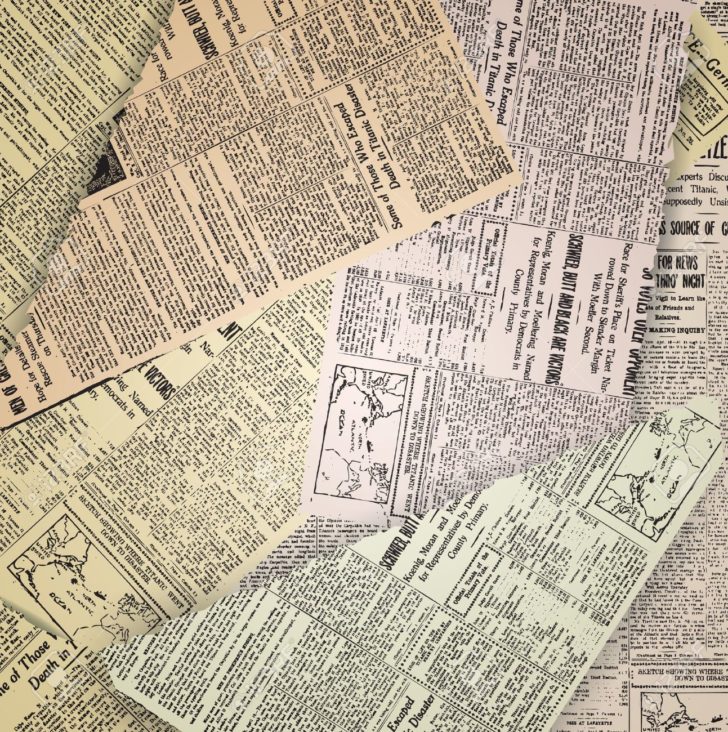
An example of decoupage maps for the simple city style
Vintage boom
Along with the Provence, the Shebbi-chic and the Simple City, the vintage style of decoupage flourished. Actually, all these directions refer to vintage, that is, to the old, out of fashion, unusual for the present. But if the master wanted to make the decor “under the old days” without adhering to the above canons – nothing prevents. The main condition: to reflect the printing of time, to mix techniques, to paste, varnish – and now, everyone is already admiring the unique vintage decoration of the interior.
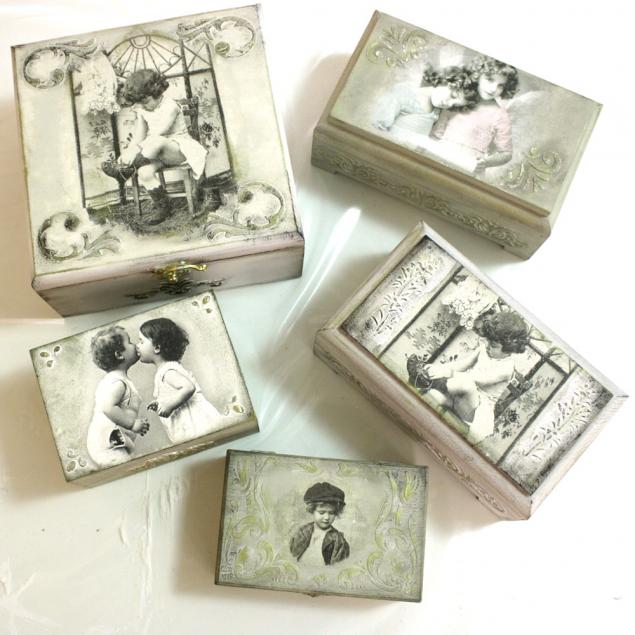
Decoupage caskets in vintage technique
Types of decoupage for beginners and professionals
For each style, there are some favorite techniques. They differ in the way of cutting / tearing out the fragment, surface preparation, gluing, lacquering, painting, preparation of the substrate, etc.
There are three techniques for accomplishing decoupage:
– straight;
– reverse;
– artistic;
– volumetric including – mobile;
– deco patch.
Direct: basic version
The classical technique of drawing a picture: directly on the surface. With this dekupazhem easy to cope beginners, performing it step by step only a photo of each stage. If the paper is thin (the top layer of the napkin, for example), then the cut out fragment is applied to a dry surface, and glue is applied over the brush with a brush, making the strokes gently, from the center to the edges, leveling the wrinkles that arise – but this is the simplest of the methods.
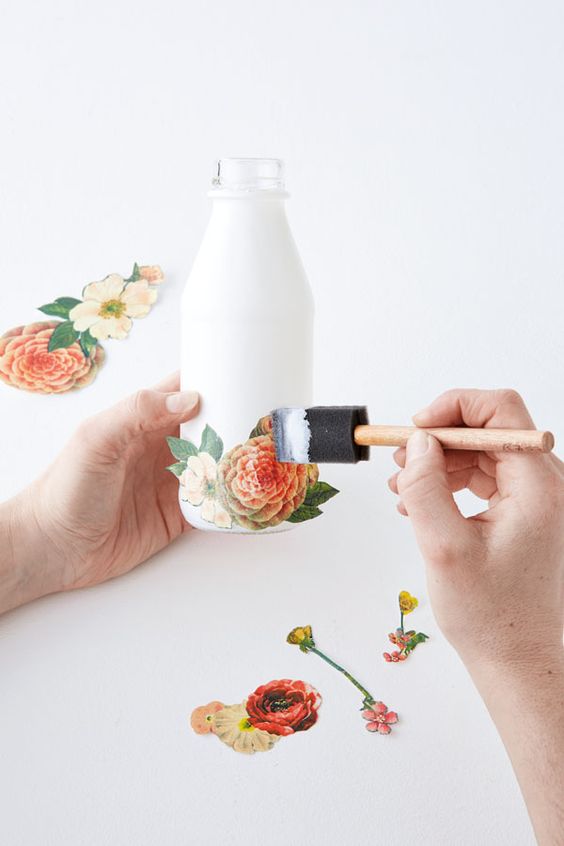
Direct decoupage technique for beginners
The basis for decoupage – almost any. The surface is pre-primed for high-quality gluing and to ensure that the unevenness of the color does not appear through the pasted pattern. The color of the primer is white.
More complex directions of direct decoupage are not immediately given to beginners, but experience comes with practice.

For direct decoupage, almost any surface
Direct decoupage with a photo
The photos are soaked and a layer of paper is rolled from the wrong side with fingers, so that a thin napkin with a photo image remains. This fragile fragment is gently applied to the surface of the substrate. The resulting effect: the borders are not visible, and decoupage itself with a photo is very contrasting, juicy.
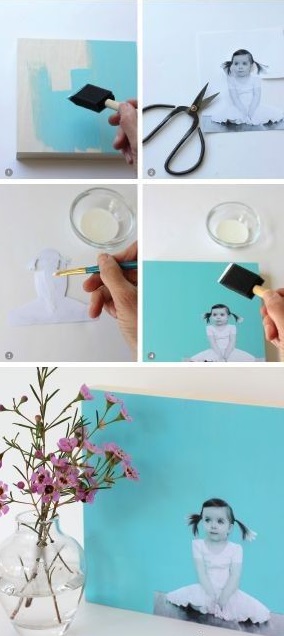
Direct decoupage with a photo
Transferring a drawing to the surface or a decal
A paper fragment is placed on a surface covered with fresh white acrylic paint, a picture down. The paint is allowed to dry well. The paper is moistened and rolled up so that there remains a picture adhered to the paint (only the paint layer). It is fixed with lacquer, and glue in this case is acrylic paint.

Transferring the pattern to the surface
Transfer with decoupage varnish
A special varnish is applied to the fragment in several layers. After drying, it is firmly bonded to the paint layer. The paper substrate is soaked and rolled, and the pattern, reinforced with a varnish film, is transferred to the substrate. After the glue dries, the finished work is again covered with a fairly thick layer of varnish and then polished – as do, for example, lacquer miniatures on boxes. In this technique, you can do and decoupage with a photo.
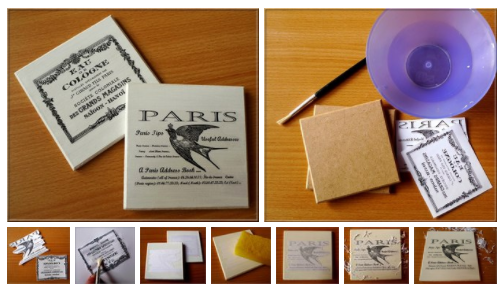
Image transfer with decoupage varnish
Reverse decoupage
It is applied to transparent surfaces. The fragment is pasted on the reverse side so that the picture is visible through glass or transparent plastic. After the glue has dried, a white primer is applied to shade the paint. Then the entire back surface is covered with varnish.

Reverse decoupage of the dish
Artistic Decoupage
An effective way to draw and blur the contours, at which the borders between adjacent fragments are greased, between the collage and the background. This is a kind of painting using ready-made graphic elements. Requires high skill.
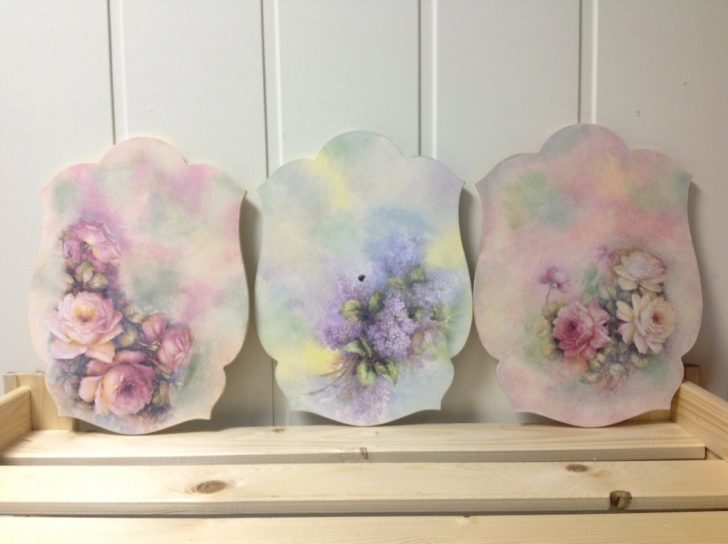
Artistic Decoupage
Technique of volumetric decoupage
For such a decoupage not only thin paper with a pattern is used, but also other voluminous materials – fabrics (including draperies created during the gluing process), crumpled paper, beads, shells and pieces of mother-of-pearl, textured pastes. As a result, a painted bas-relief is created. This is the level of professionals.
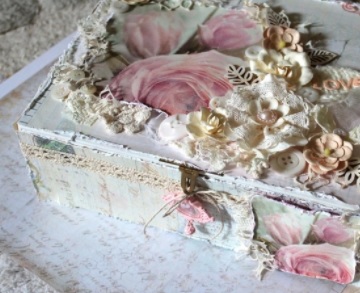
Decoration of the casket in the technique of volumetric decoupage
Delightful handiwork
At some point, mass production technologies have become enemies to themselves – everything has become optimized for high productivity and low cost, everything has become faceless, monotonous, and – fed up to the consumer. During the time of technical revolutions hand crafts, handicrafts, individual tailoring, the art of cabinetmakers almost disappeared.
And suddenly (all of a sudden!) An interest in Hand made a flicker, and speaking in Russian – to the homemakers and creativity of amateurs. At first it seemed that this was a fleeting trend, but for decades it had captured a huge segment of production. Everyone in whom a creative light is burning can realize desires in the simplest way – to make oneself.
Create your own world with the help of decoupage – gentle, bright, relatively simple and absolutely original!
Photo gallery – decoupage for beginners
Video
Author: Mikhail Bond

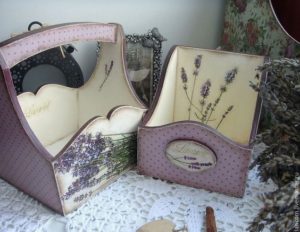
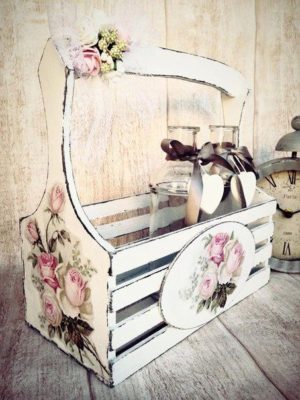
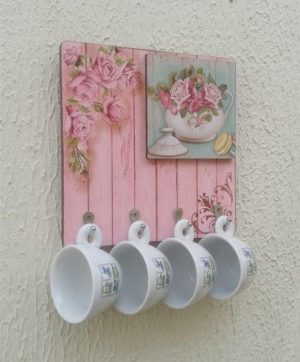
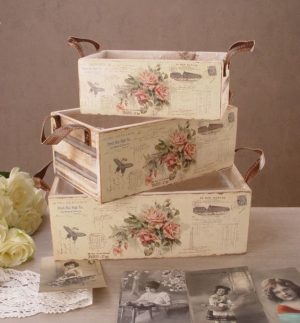
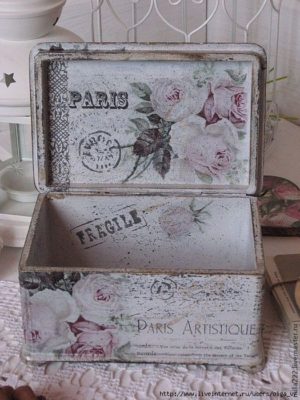
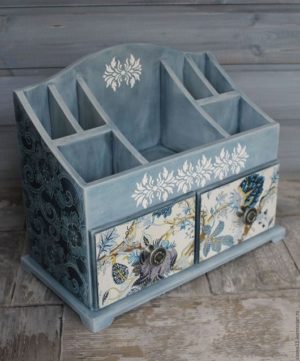
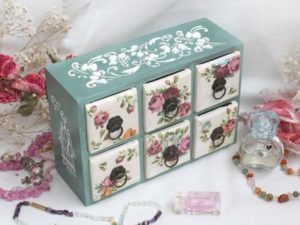

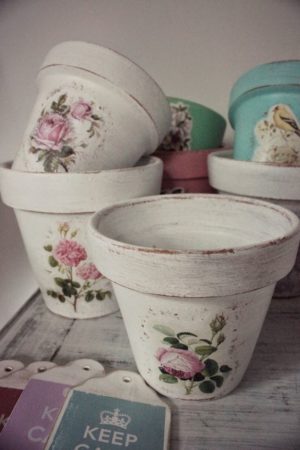

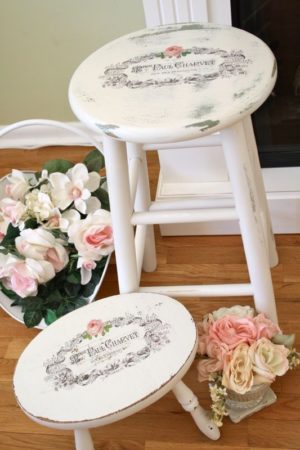
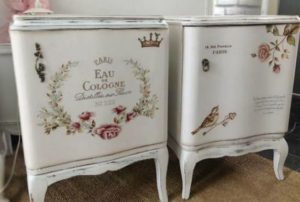
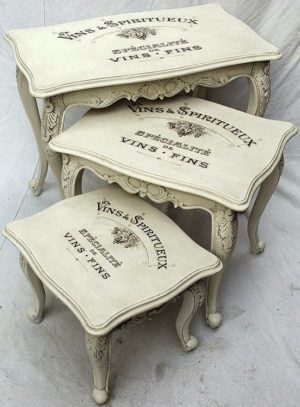

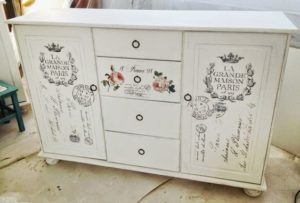
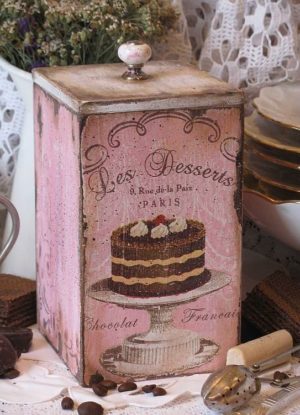
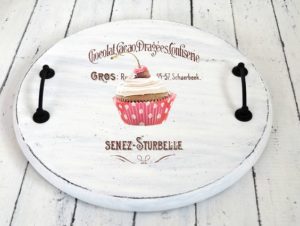
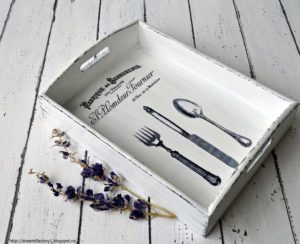
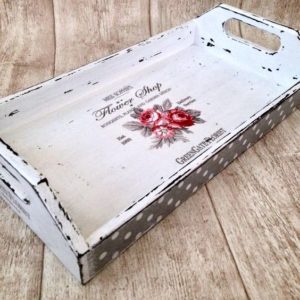




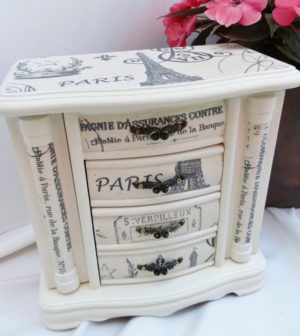
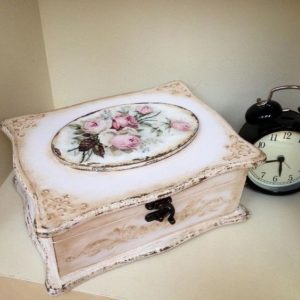
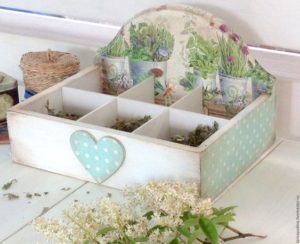
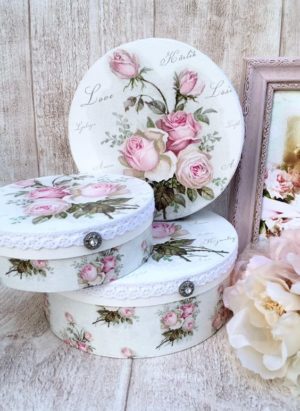
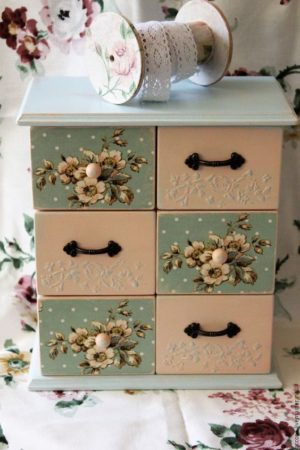
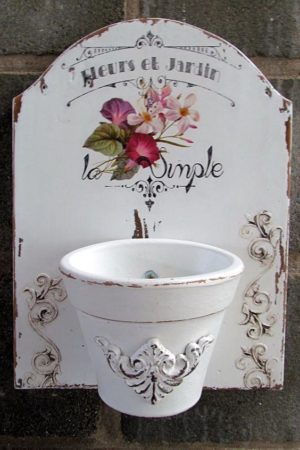
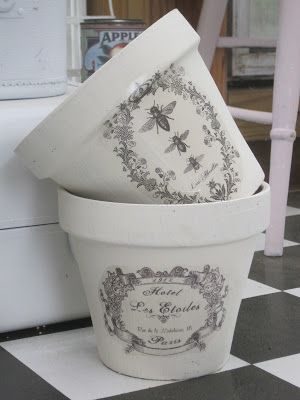

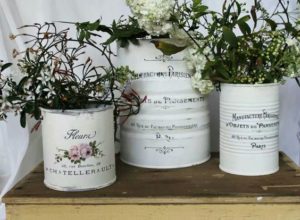
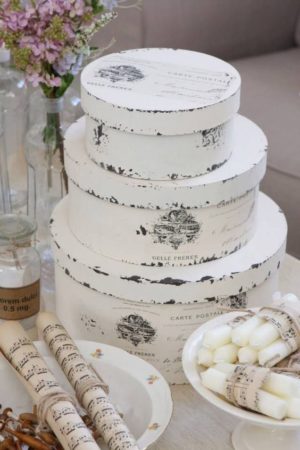
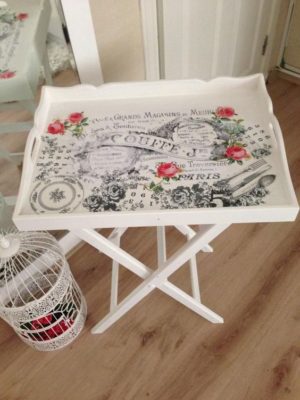
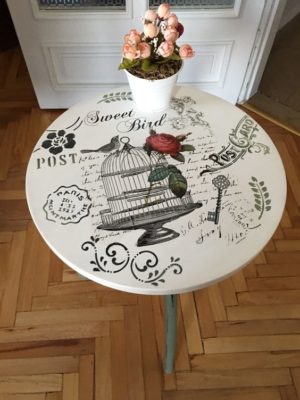
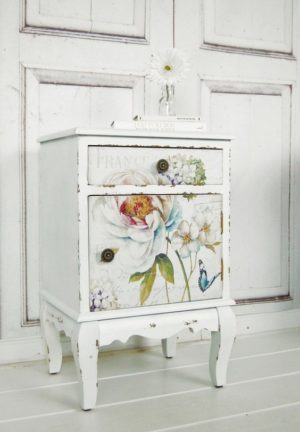
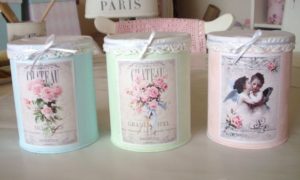
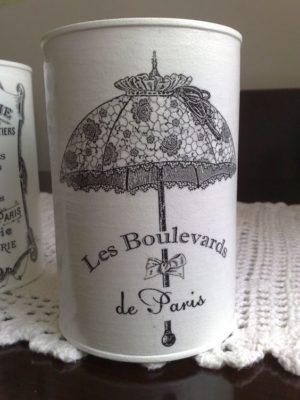

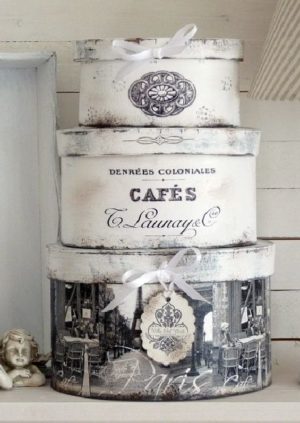

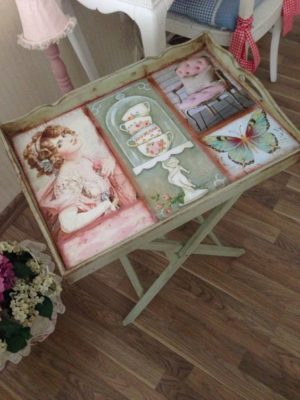
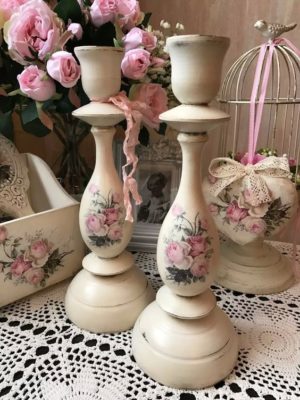
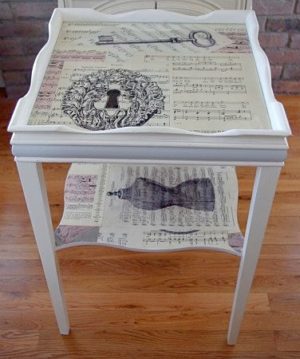
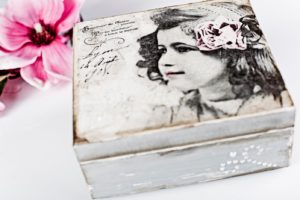
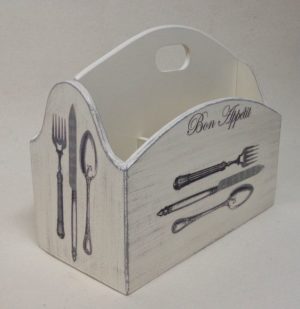
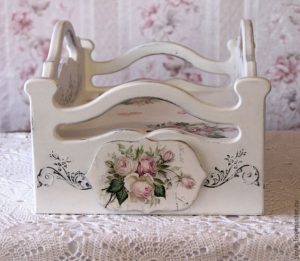
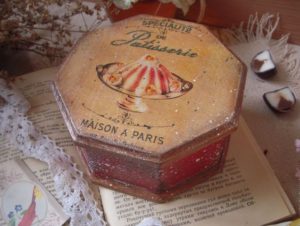
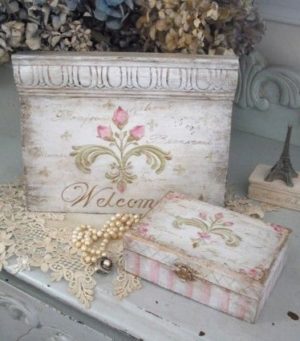

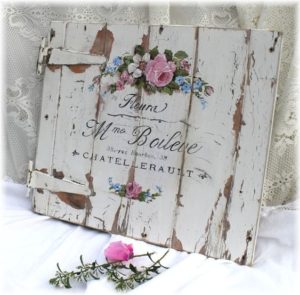
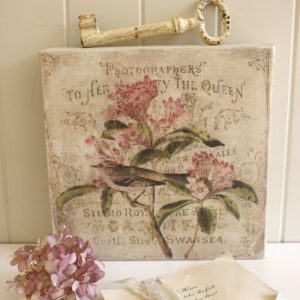
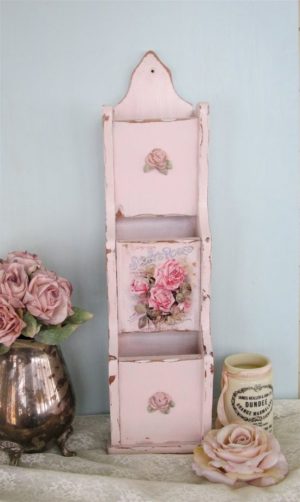

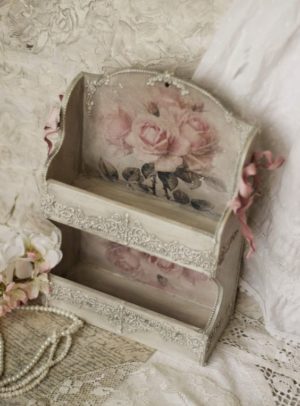


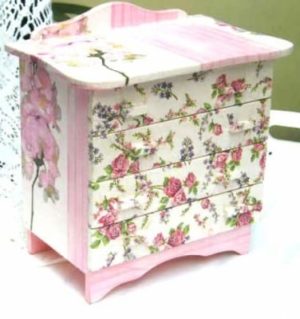
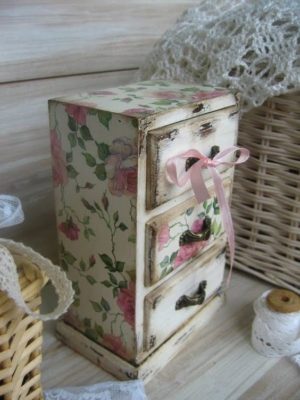
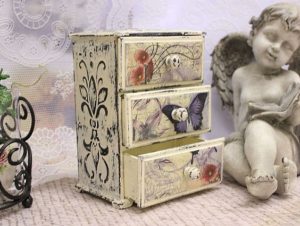
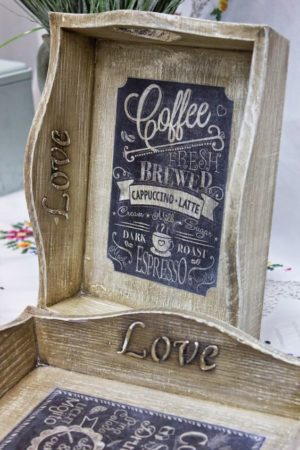
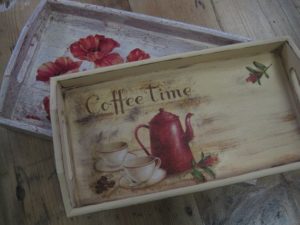
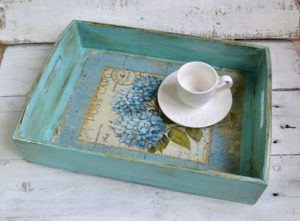

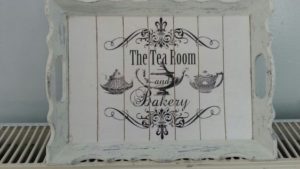

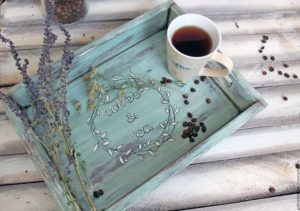
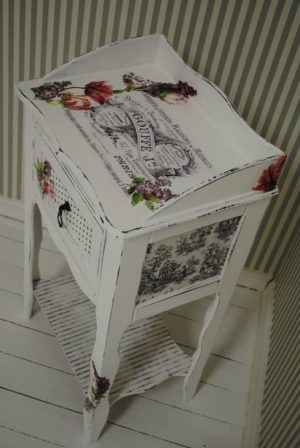
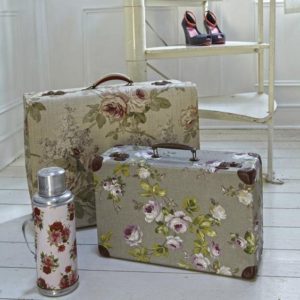
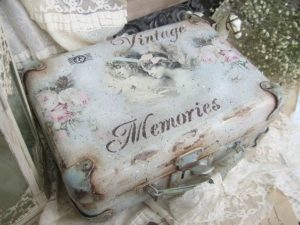
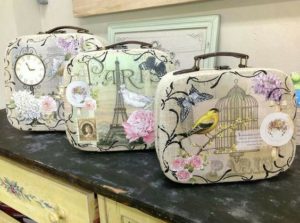
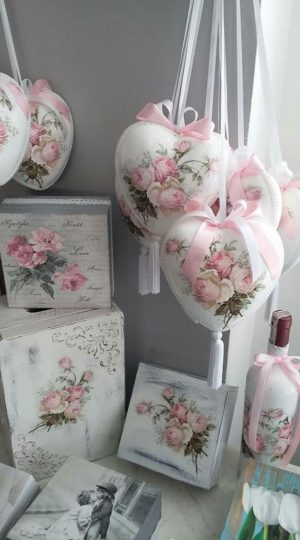
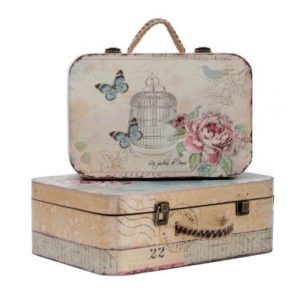
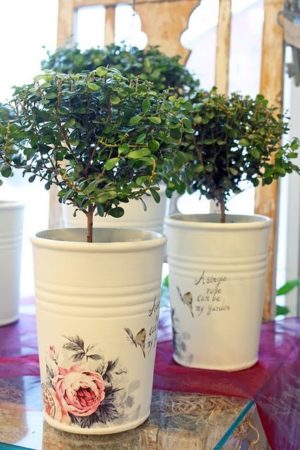
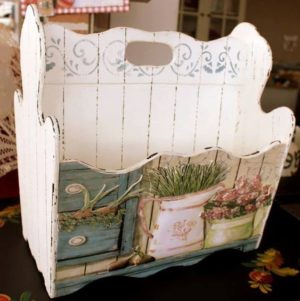
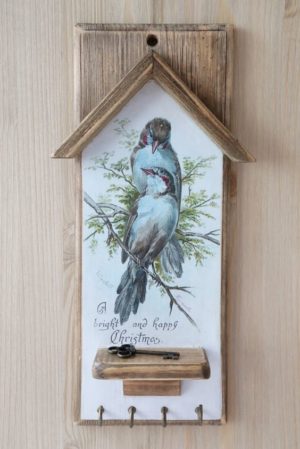
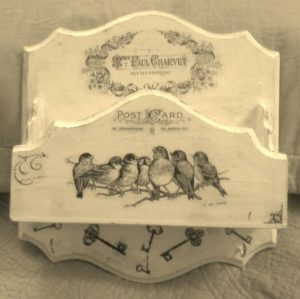
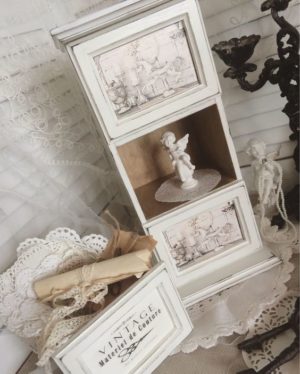
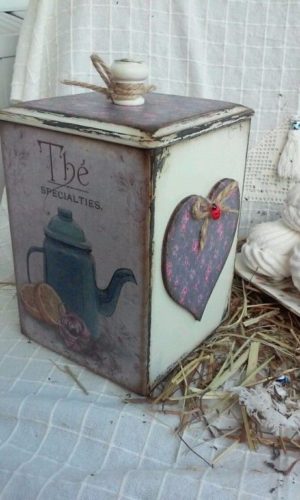
05.05.2023 @ 17:57
be called decoupage only if it involves paper cut-outs? The answer is no. Decoupage is an art form that involves applying and fixing decorative elements onto a surface with varnish. While the technique may have originated in China with rice paper cut-outs, it has evolved over time to include a variety of materials and styles. From the English Japanning to the Italian arte povera, decoupage has been embraced by cultures all over the world. Today, the shebbi-chic style of decoupage allows beginners to try their hand at creating vintage-inspired decor. So lets not limit ourselves to one definition of decoupage, but instead embrace the diversity and creativity that this art form offers.